Matemática y Neuroeducación: Metodologías Innovadoras para Mejorar el Razonamiento Lógico en la Educación Básica
Resumen
La neuroeducación, que integra la neurociencia con principios educativos, ofrece una perspectiva prometedora para mejorar el razonamiento matemático en la educación básica. Este estudio realiza una revisión sistemática de estrategias neuroeducativas que facilitan la enseñanza de la matemática, utilizando la metodología PRISMA para asegurar una evaluación rigurosa y sistemática de la literatura existente. Se exploraron diversas estrategias como el uso de herramientas visuales, aprendizaje basado en problemas y tecnologías adaptativas. Los resultados indican que estas estrategias mejoran significativamente el rendimiento y la comprensión matemática de los estudiantes al alinear la enseñanza con los procesos cognitivos del cerebro. Sin embargo, la implementación de estas estrategias enfrenta desafíos significativos como la falta de recursos, formación docente insuficiente y resistencia institucional, que deben ser abordados para maximizar su efectividad. Este estudio concluye que las políticas educativas deben adaptarse para apoyar la integración de la neurociencia en los currículos escolares y fomentar una formación docente que respalde estas prácticas innovadoras.
Descargas
Citas
Allen, M., & Seaman, J. (2020). Digital Learning in Higher Education: A Training Guide for Teachers. New York: Routledge.
Anderson, J. R. (2005). Cognitive Psychology and its Implications. New York: Worth Publishers.
Atkinson, R. C., & Shiffrin, R. M. (1968). Human memory: A proposed system and its control processes. In K. W. Spence (Ed.), The psychology of learning and motivation (Vol. 2, pp. 89-195). New York: Academic Press.
Bandura, A. (1977). Social Learning Theory. Englewood Cliffs, NJ: Prentice Hall.
Bavelier, D., Green, C. S., Pouget, A., & Schrater, P. (2012). Brain plasticity through the life span: Learning to learn and action video games. Annual Review of Neuroscience, 35, 391-416.
Blackwell, L. S., Trzesniewski, K. H., & Dweck, C. S. (2007). Implicit theories of intelligence predict achievement across an adolescent transition: A longitudinal study and an intervention. Child Development, 78(1), 246-263.
Clark, A., & Chalmers, D. (1998). The extended mind. Analysis, 58(1), 7-19.
Coburn, C. E. (2003). Rethinking scale: Moving beyond numbers to deep and lasting change. Educational Researcher, 32(6), 3-12.
Fernandez, A., & Baird, J. A. (2020). How neuroscience can inform the teaching of mathematics. Frontiers in Education, 5, 88.
Fischer, K. W. (2020). Mind, Brain, and Education: Science a Comprehensive Guide to the New Brain-Based Teaching. New York: Harper.
Garcia, P., López, M., & Martínez, F. (2022). Adaptive Learning Technologies in Mathematics Education: A State-of-the-Art Review. Educational Technology Research and Development, 70(4), 1523-1547.
Gardner, H. (1983). Frames of mind: The theory of multiple intelligences. New York: Basic Books.
Granic, I., Lobel, A., & Engels, R. C. M. E. (2014). The benefits of playing video games. American Psychologist, 69(1), 66-78.
Holmes, J., & Gathercole, S. E. (2019). Taking working memory training from the laboratory into schools. Educational Psychology, 34(4), 440-450.
Howard-Jones, P. (2014). Neuroscience and education: myths and messages. Nature Reviews Neuroscience, 15(12), 817-824.
Immordino-Yang, M. H., & Damasio, A. (2007). We feel, therefore we learn: The relevance of affective and social neuroscience to education. Mind, Brain, and Education, 1(1), 3-10.
Jensen, E. (2005). Teaching with the brain in mind. Alexandria, VA: Association for Supervision and Curriculum Development.
Johnson, D. W., & Johnson, R. T. (2019). An educational psychology success story: Social interdependence theory and cooperative learning. Educational Researcher, 38(5), 365-379.
Jonassen, D. H. (2020). Designing constructivist learning environments. In C. Reigeluth (Ed.), Instructional-design theories and models: A new paradigm of instructional theory (Vol. II, pp. 215-239). Mahwah, NJ: Lawrence Erlbaum Associates.
Kerns, C. A., & Turner, J. E. (2022). Emotional Education in the Mathematics Classroom: Approaches and Impact. Teaching and Teacher Education, 99, 103314.
Kirschner, P. A., Sweller, J., & Clark, R. E. (2006). Why minimal guidance during instruction does not work: An analysis of the failure of constructivist, discovery, problem-based, experiential, and inquiry-based teaching. Educational Psychologist, 41(2), 75-86.
Kotter, J. P. (1996). Leading Change. Boston, MA: Harvard Business School Press.
Lewin, K. (1951). Field Theory in Social Science: Selected Theoretical Papers. D. Cartwright (Ed.). New York: Harper & Row.
Li, X., & Ma, X. (2022). Effectiveness of adaptive educational technologies in mathematics learning: A meta-analysis. Educational Research Review, 33, 100411.
Vygotsky, L. (1978). Mind in Society: The Development of Higher Psychological Processes. Cambridge, MA: Harvard University Press.
Derechos de autor 2025 Carlos Xavier Rojas Vera, Jonathan Vinicio Espín Mena, Edwin Neptali Lagua Pilco, Francia Mercedes Angamarca Curipoma , Luis Gerardo Tituaña Sánchez, Aide Marianela Trujillo Zapata

Esta obra está bajo licencia internacional Creative Commons Reconocimiento 4.0.


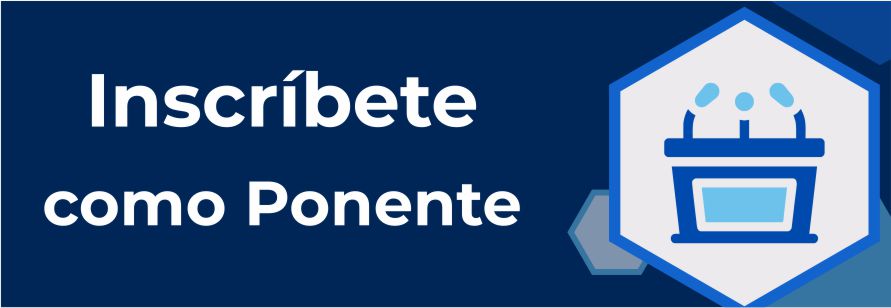
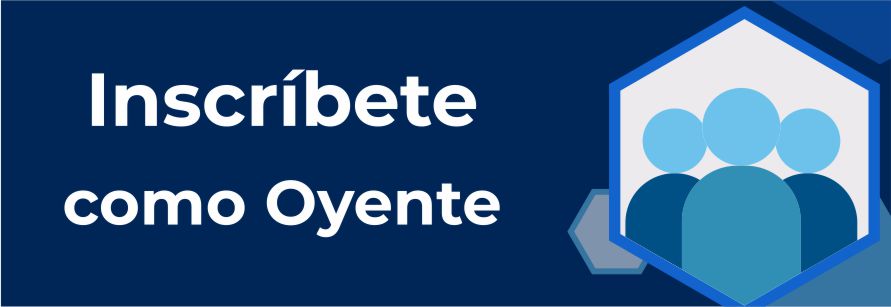





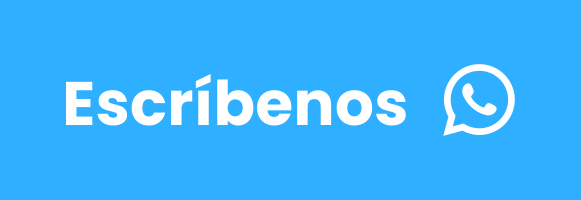

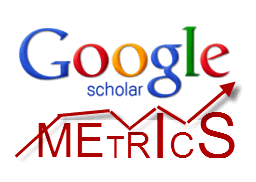
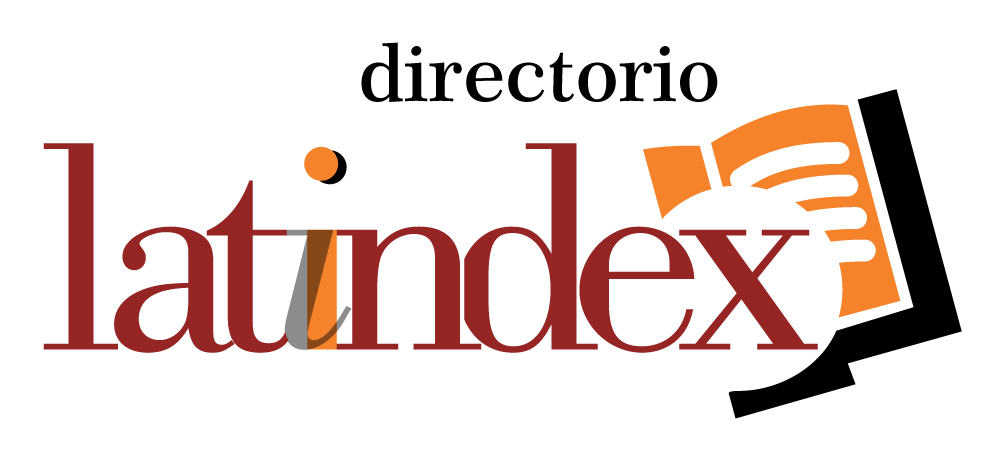
.png)
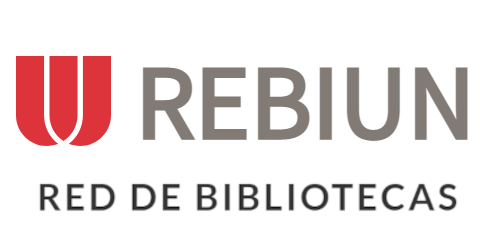







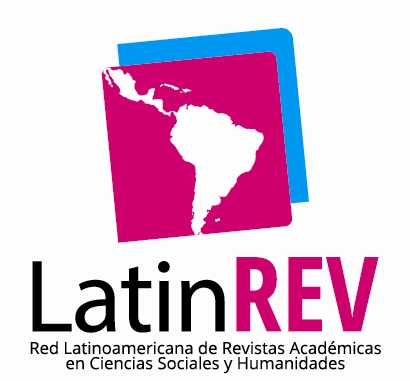

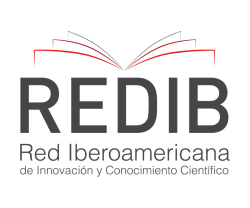




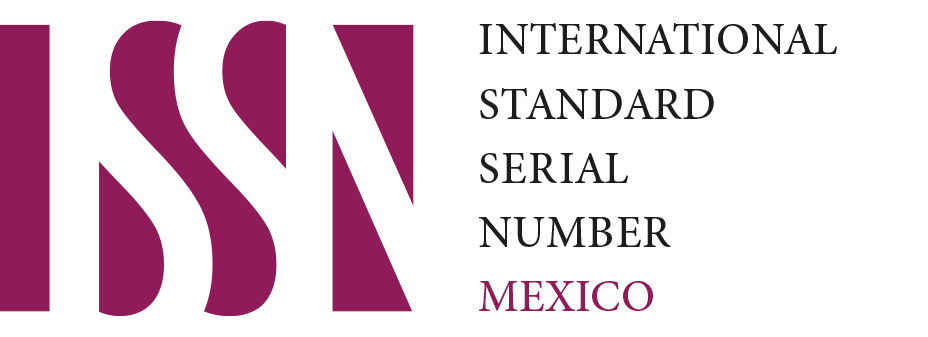




.png)
1.png)


